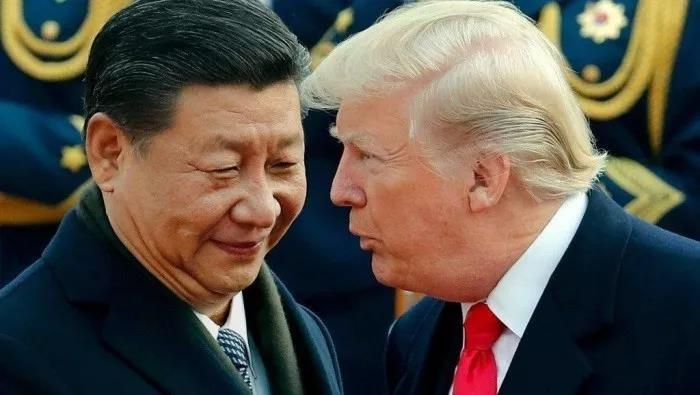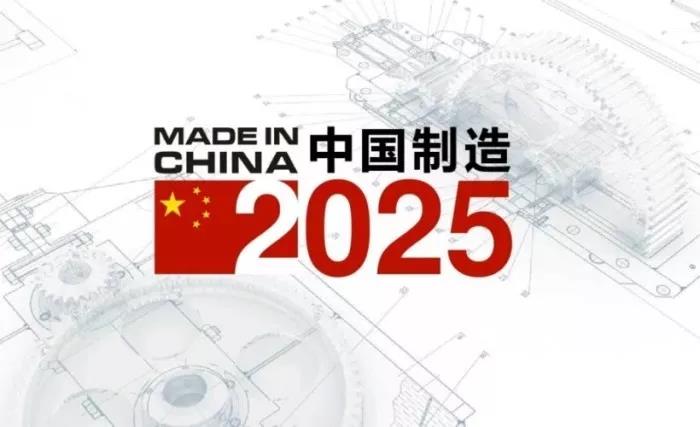
By Edward Tse and Bill Russo
17 Sep, 2018
Despite the simmering trade tensions, China announced on April 17th to scrap a two-decades-old limit on foreign ownership of automotive ventures by 2022. While unsettling some state-owned car manufacturers who worry about emerging competition, the plan unveils tremendous opportunities for foreign corporate investors to fully leverage the advantage of China’s market size and growth. Earlier in April, the country had also lifted ownership cap on banking and financial sectors.
President Xi Jinping described the measures as part of a “new phase of opening up” which has its roots back in the 1970s. For a long time, foreign multinational corporations (MNCs) complain about a lack of market access in China and ask for reciprocity. They argue that China’s regulatory and industrial policies confer unfair advantages on Chinese companies, represent forced technology transfer and penalize foreign companies. In reality, China has been liberalizing its sectors for non-state Chinese companies and foreign companies gradually over the past decades. Many previously closed sectors were opened, either entirely or partially. Though not every sector is now open, the trend and direction are pretty clear.
Is the golden era for MNCs in China over? Pundits take examples of companies such as Best Buy, Home Depot and PepsiCo, which have had to make “strategic retreat” from China’s market. PepsiCo, for instance, sold its bottling business in China in 2011 to the Taiwanese company Tingyi Holding, which has a broad distribution network across China.

Source: Internet
The answer lies in how foreign MNCs approach the China market. They tend to copy-and-paste their strategy approach that has worked, perhaps for decades, in their home markets, assuming that it must also work elsewhere in the world. However, coming out from a planned economy at the end of the 1970s, China is a highly complicated and fast-evolving environment. This market context makes the “cookie-cutter business model transfer” approach not always appropriate.
However, China’s environment is not entirely without patterns. Through years, China has found its own development model: at the top, the central government plans the direction of the country. At the grass-roots level, entrepreneurship is thriving and driving economic growth often through innovations. In the middle, local governments compete and sometimes collaborate in clusters of cities within regions. This three-layered model, though not perfect, has indeed enabled China’s tremendous economic growth for the past four decades and offered major resilience for continued growth.
China’s innovations, in particular, are picking up with unforeseen speed and intensity. With “Made in China 2025” outlining China’s roadmap to becoming the world’s leader in high-tech, China is now already the second-largest spender on research and development and accounts for 21% of the world’s total, according to the US National Science Foundation. From the grass-roots level, patents, trademarks and industrial design soared in recent years. World Intellectual Property Organization reported that China contributed to 98% of global growth in patent filings, more than the combined total of US, Japan, Korea and Europe.
While China’s innovation is taking place with speed and intensity, MNCs have largely been a bystander. For long, China was known as a “copycat nation” and admittedly, for a long time, copycatting was blatant. However, innovations, largely business model innovations driven by China’s entrepreneurs have emerged with unprecedented speed, ever since technologies such as the wireless Internet became prevalent in China. Most MNCs were not even aware of this phenomenon because they didn’t believe the Chinese could be that innovative, and they did not really mix themselves into the Chinese business ecosystems.

Source: Internet
This lack of awareness is a key reason why MNCs have not captured the full potential that China offers. The “core competency” mindset from western corporate management drives foreign CEOs to not take risks and cling to what they are (supposedly) good at, often missing out on new opportunities to learn from Chinese consumers and companies. On the other hand, China’s leading entrepreneurial companies are good at identifying emerging market opportunities and are often willing to “jump over” to capture the new opportunities, even if they don’t have all the required capabilities to compete in the new conditions. They would often make up the capability gap through a combination of self-building and leveraging partnerships in the ecosystem.
Another reason why MNCs didn’t “get it” is that they see China as one of the many markets in the world, albeit often a very important market, but few put China at the core of their global development strategy. As much, they position their managers in China merely as operational or administrative people. Without an in-depth understanding of the China context, decision-makers from faraway global headquarters often find it difficult to stay informed of China’s innovations and to take full advantage of them. Or worse, they think they know and make decisions on that basis while in actuality they don’t (or at least not enough).
Lessons can be learned from multinational drug companies that are already bleeding talent to China startups. Zhi Hong, an 11-year veteran of GlaxoSmithKline, who led the company’s infectious diseases business, launched Brii Biosciences which raised $260 million from investors including Sequoia Capital. Dr. Xiaobin Wu, former China manager of Pfizer, left for a local cancer drug developer, BeiGene, where he sees opportunities for indigenous innovations for patients in China.

First, their strategy requires a thorough understanding of the China context which is evolving in a peculiar and multidimensional manner. Instead of using a linear, incremental approach at micro business levels, which is common at MNCs, they should focus on, or at least start with, the big picture and capture changes that can be abrupt and rapid.
Second, because these changes can be abrupt and rapid, MNCs should shorten their decision-making process, thus becoming more sensitive to innovations happening at the grass-roots level. Compared with the complex layers of management at MNCs, the dynamics at China’s new start-ups are very nimble and the decision-making is very fast. MNCs should therefore draw inspiration and create more agile organizations.

Third, the speed of development, uniqueness, complexity and strategic importance of China require foreign MNCs to fully embrace China as the core of their global strategy and organization, not just as one of many markets. Foreign multinationals should also train their China managers to be thought leaders and place them at senior levels as well as empower them with appropriate decision rights and resources.
There are cases of MNCs capturing significant value from China’s innovations. Earlier examples include Telstra, an Australian telecommunication and media company. Though its core business in China is restricted by foreign participation rules, it turned to invest in China’s online automotive advertising platform Autohome and made a handsome profit. Insiders estimated Telstra profited well over US$ one billion in well less than 10 years. Lately, Coca-Cola China ventured into the yogurt business with an investment in Beijing Lepur to tap the growing demand for health products and consumption trade-up. Lepur, a premium yogurt startup, is one of China’s fastest-growing brands.

Source: Internet
The golden era for foreign MNCs in China is not over. But to capture the rightful potential that China offers to them, foreign companies have to step up their game through more innovations, as well as better disruptive strategies supported by the right organizations and driven by the right leadership under a new and empowered global governance. Participating in China’s innovations in a full-fledged manner gives foreign companies a much better chance to succeed.
A major potential is emerging in Sino-foreign collaborative innovations (“co-innovation”). While China needs access to breakthrough technologies from global innovation hubs such as North America, Europe and Israel, top global technology firms also need a market that allows innovations to scale up. One of the most progressive markets with a vibrant digital economy, China is an ideal place to deploy and scale up new technologies.
To catch up with the new rules of games, foreign MNCs must accelerate by joining or even creating their own innovations ecosystems. Thriving or failing in China depends on whether they can strategically anticipate and capture the opportunities and handle the challenges. After all, it goes back to companies’ own mindset and awareness.
![]()
About the authors
Dr. Edward Tse
Founder and CEO, Gao Feng Advisory Company
Dr. Edward Tse is founder and CEO of Gao Feng Advisory Company. A pioneer in China’s management consulting industry, Dr. Tse built and ran the Greater China operations of two leading international management consulting firms for a period of 20 years. He has consulted to hundreds of companies – both headquartered in and outside of China – on all critical aspects of business in China and China for the world. He also consulted to the Chinese government on strategies, state-owned enterprise reform and Chinese companies going overseas. He is the author of over 200 articles and four books including both award-winning The China Strategy (2010) and China’s Disruptors (2015) (Chinese version «创业家精神»).
Email: edward.tse@gaofengadv.com
Bill Russo
Managing Director and the Automotive Practice leader
Gao Feng Advisory Company
Bill Russo is Managing Director and the Automotive Practice leader at Gao Feng Advisory Company based in Shanghai. With 15 years as an Automotive executive, including over 14 years of experience in China and Asia, Mr. Russo has worked with numerous multi-national and local Chinese firms in the formulation and implementation of their global market and product strategies. He was previously Vice President of Chrysler North East Asia, where he managed the business operations for the Greater China and South Korea markets. Prior to this, Mr. Russo was Head of Product & Business Strategy for Chrysler. He also has nearly 12 years of experience in the electronics and IT industry, having worked at IBM Corporation as a manufacturing and systems engineer, and formerly served as Vice President of Corporate Development at Harman International.
Email: bill.russo@gaofengadv.com

